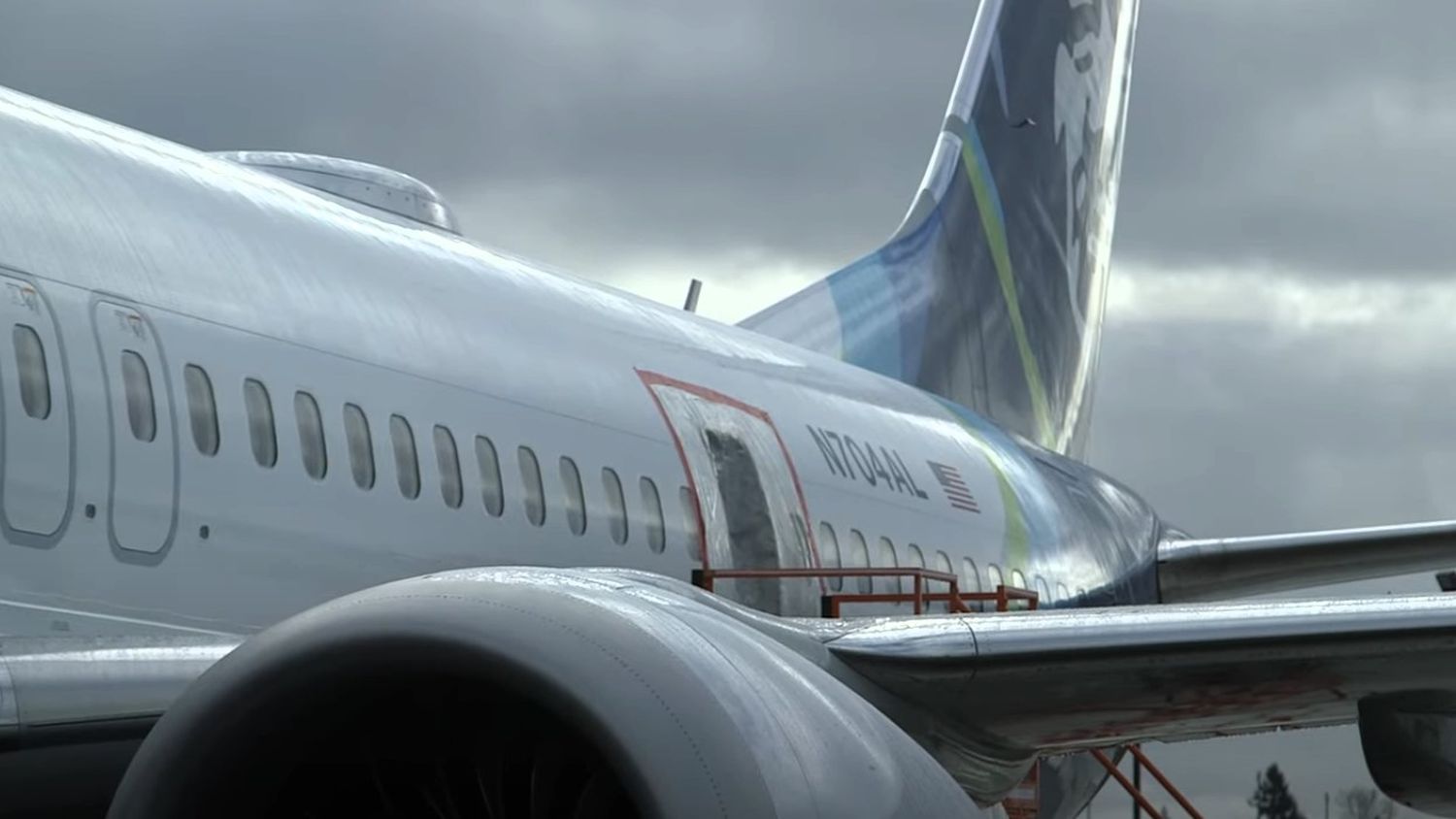NTSB Uncovers Gaps in Records for 737-9 Door Work and Warns Boeing on Protecting Information
Jennifer Homendy, Chair of the National Transportation Safety Board (NTSB), expressed significant concerns regarding the challenges faced by the NTSB in securing crucial documentation and testimonies from Boeing. This situation has notably complicated the NTSB’s ongoing investigation into the in-flight structural failure of Alaska Airlines flight 1282 on January 5, 2024.
A Boeing 737-9 aircraft experienced a critical incident where a piece of its fuselage detached mid-flight, a serious safety issue that happened shortly before a maintenance check specifically focused on the aircraft’s pressurization system.
In her correspondence, Homendy highlighted the NTSB’s difficulty in obtaining records related to specific maintenance activities on the door plug of the aircraft, which was repaired at Boeing’s Renton, Washington, facility in September 2023.
Despite multiple requests from NTSB investigators for documents to show who performed the maintenance tasks, Boeing has indicated that these records cannot be found, and relevant security footage has been overwritten. This absence of documentation hinders the investigation and raises questions about Boeing’s record-keeping and transparency regarding maintenance and safety procedures.
«To date, we still do not know who performed the work to open, reinstall, and close the door plug on the accident aircraft. Boeing has informed us that they are unable to find the records documenting this work», Homendy said in the letter sent to the US Senate Comittee.
«A verbal request was made by our investigators for security camera footage to help obtain this information; however, they were informed the footage was overwritten. The absence of those records will complicate the NTSB’s investigation moving forward», she added.
Information Leaks, But Records Gone
Furthermore, the NTSB’s request for the names of the maintenance crew involved in the door plug work led to a list of potential individuals but did not conclusively identify who carried out the work. Homendy’s subsequent conversation with Boeing’s Chief Executive Officer, David Calhoun, revealed that Boeing maintains no records of the work performed, complicating efforts to understand the quality assurance processes and safety culture at Boeing.
Homendy stressed that the NTSB’s interest in identifying the individuals involved is not for punitive reasons but to gain a comprehensive understanding of Boeing’s operations and to ensure such an accident does not occur again. She also expressed concern that focusing on the names of frontline workers might negatively affect the investigation and discourage Boeing employees from coming forward with information.
As a result, the NTSB has taken steps to protect the identities of those who provide relevant information to the investigation.
Boeing must comply with investigation agreements, NTSB Says
To reinforce the importance of cooperation and ensure the investigation’s integrity, the NTSB has reminded Boeing of its obligations under the investigation’s regulatory framework. The reminder emphasizes that the investigation should speak with one voice, the NTSB, to maintain credibility and avoid misleading public and congressional perceptions.
«Before the NTSB’s adoption of the final report regarding this accident, only appropriate NTSB personnel are authorized to publicly disclose investigative information and, even then, the disclosure is limited to factual information verified during the course of the investigation», said Timothy LeBaron, NTSB Director, to Boeing’s Enterprise Safety and Mission Assurance VP, Elisabeth Martin.
«Boeing must take all reasonable steps to ensure that investigative information is protected
from public release.[…] Failure to abide by these requirements may lead to removal of Boeing’s status as a party to the investigation«, LeBaron concludes.


Comentarios
Para comentar, debés estar registrado
Por favor, iniciá sesión